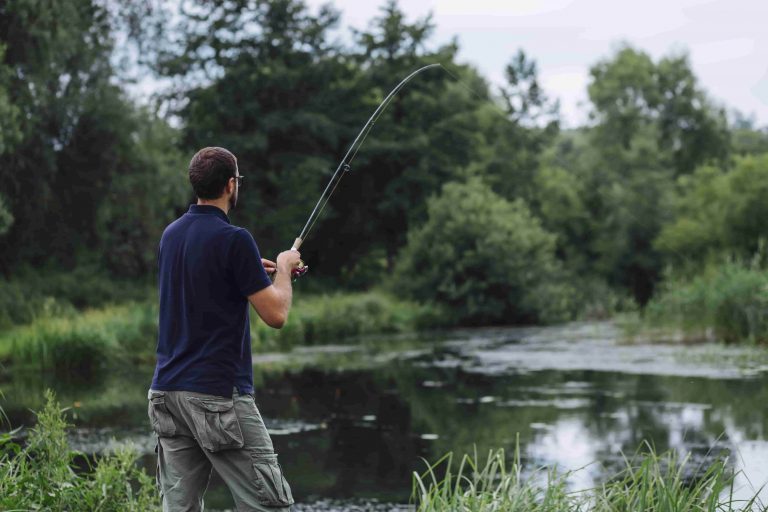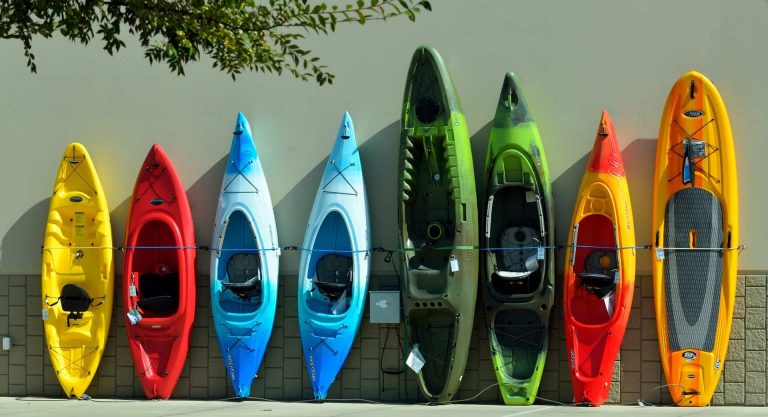How to Kayak for Beginners
Kayaking can be a fun and rewarding experience, but it can also be dangerous if you don’t know what you’re doing. In this article, we will provide a comprehensive guide on how to kayak for beginners. We’ll cover everything from choosing the right gear to mastering the basic strokes. So whether you’re a first-time kayaker or just looking to brush up on your skills, read on for tips and advice that will help you stay safe and have a great time on the water!
Safety first!
One of the most important things to consider when kayaking is safety. Before you even get in your kayak, make sure that you have the proper equipment. A life jacket is an absolute must-have, and it should fit snugly and be properly secured. You’ll also need a paddle, and it’s a good idea to invest in a paddle leash so that you don’t lose your paddle if you tip over.
Necessary gear
Once you have your gear, it’s time to get in the water! If possible, find a calm body of water to start out in – something like a lake or slow-moving river. The last thing you want is to be fighting against strong currents or waves from the start. When you’re ready to get in your kayak, sit in the seat and put your feet in the foot rests. You may need to adjust the foot rests to find a comfortable position.
Time to paddling!
Now it’s time to start paddling! The basic stroke is called the forward stroke, and it’s pretty self-explanatory – just dip your paddle in the water and pull back towards you, using your arms and shoulders for power. As you get more comfortable with kayaking, you can experiment with different strokes like the draw stroke or sculling stroke. But for now, just focus on perfecting your forward stroke.
At the end
If at any point you start to feel uncomfortable or like you’re losing control of your kayak, don’t hesitate to call for help. There’s no shame in admitting that you need a little assistance, and it’s better to be safe than sorry. With these tips in mind, we hope you’ll enjoy your time out on the water! Just remember to always practice safety first.





